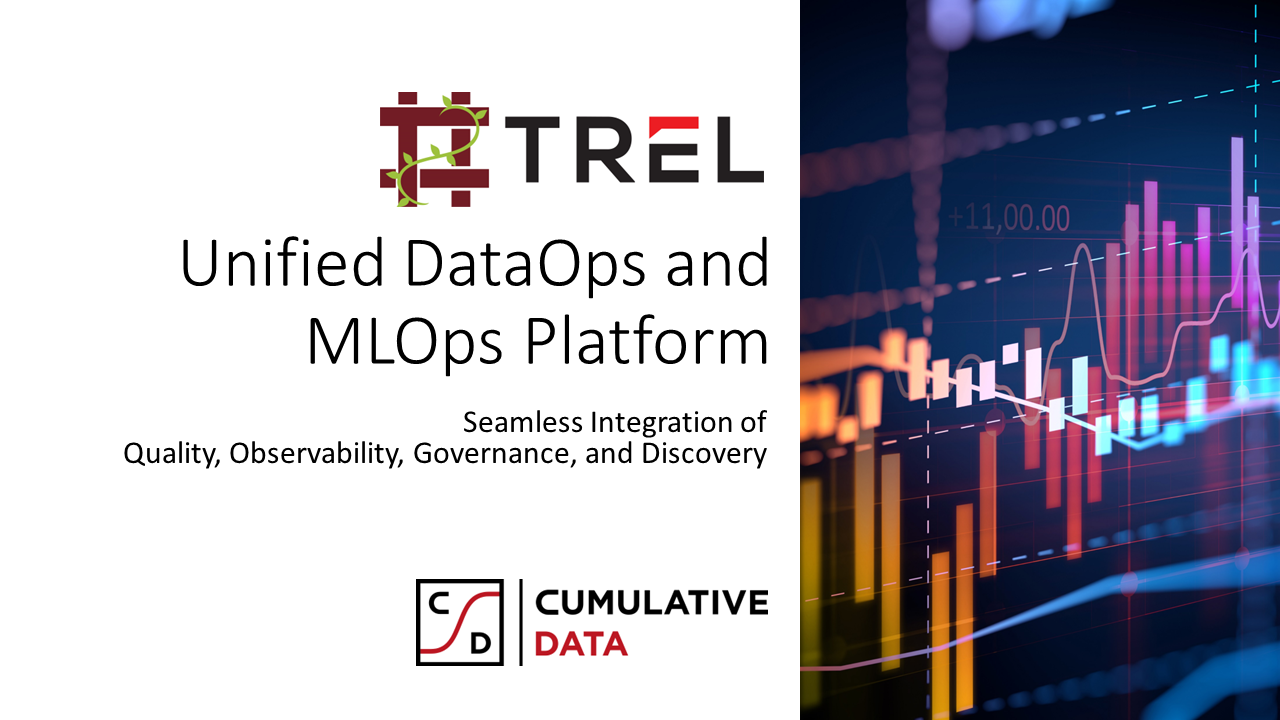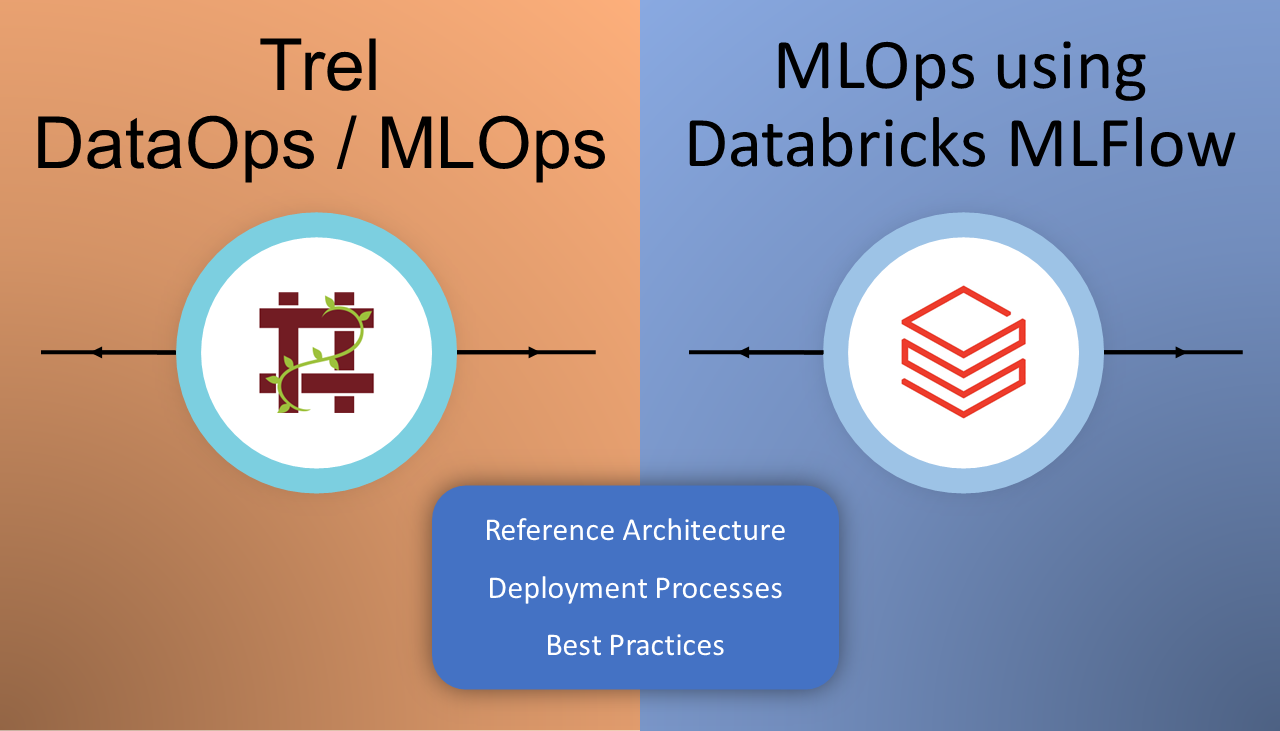Data observability and governance are essential for organizations managing complex data ecosystems. Traditional observability systems typically rely on code crawling and inferring data flows from logs, creating a fragmented understanding of the data landscape. Trel, a DataOps platform, takes a radically different approach by eliminating these inefficiencies, providing perfect observability and advanced governance mechanisms through immutable data management and AI-powered exploration tools.
The Limitations of Traditional Observability Systems
In conventional data observability solutions, code crawling and log parsing are often used to infer how data flows through an organization’s pipelines. These methods are prone to errors and incomplete mappings. Inferred data flows are based on assumptions rather than concrete mappings, making it difficult to track dependencies and lineage accurately. This can lead to issues such as:
- Incomplete Lineage: Gaps in data flow understanding can create problems when tracing the origin of specific data or understanding dependencies.
- Troubleshooting Difficulties: Without a precise view of where data originates and how it transforms through the pipeline, identifying the root cause of issues becomes a time-consuming challenge.
- Complex Integration with Other Tools: Traditional observability systems need to be integrated into an organization’s existing technology stack, adding more steps to set up and maintain. This complicates the workflow and can lead to further delays.
- Manual Engagement by Users: In these systems, users must explicitly interact with the observability tools, which adds a layer of complexity and slows down adoption within teams. Many users might not engage with these systems unless it’s absolutely necessary, leading to a fragmented observability experience.
- High Costs: Most traditional observability systems come at a significant additional cost, as they are separate products or modules. The expenses of both purchasing and integrating these tools can escalate rapidly, making them less accessible for smaller teams or startups.
Trel’s Innovative Approach to Observability
Trel revolutionizes data observability by taking direct control over the data path and cataloging, providing perfect observability across all datasets and jobs. Unlike systems that rely on inference, Trel knows all inputs, outputs, and transformations at every stage of the data pipeline because it manages the data itself.
- Direct Responsibility for Data Paths: Trel uses an active approach where every data entry, transformation, and output is cataloged in real-time. This makes it possible to track the complete lifecycle of data, ensuring that lineage, dependencies, and transformations are fully transparent.
- Enhanced Troubleshooting: With complete visibility into every component of the data pipeline, Trel simplifies troubleshooting. When data quality issues or pipeline failures arise, the exact source and cause can be identified quickly, dramatically reducing the time required for incident resolution.
- No Additional Integration Needed: Trel’s observability is seamlessly embedded within the platform itself, meaning it doesn’t require external integration into other tools or technologies. Observability becomes an intrinsic part of Trel’s broader automation capabilities, simplifying workflows and enhancing usability.
- No Additional Costs: Unlike traditional observability systems that come with separate pricing, Trel includes observability as part of its core offering at no extra cost. This integrated pricing model reduces the overall expense and makes comprehensive data observability more accessible to all users.
- Increased User Adoption: Since observability is embedded into Trel’s operations, users engage with it naturally as part of their regular workflows. There’s no need for extra training or tools, making adoption rates much higher and ensuring more consistent use across teams.
By shifting responsibility for observability directly into the platform, Trel ensures that no part of the data journey is hidden or ambiguous. This leads to improved reliability, faster root cause analysis, and enhanced performance tuning.
Snapshot-Level Catalogs for Advanced Data Governance
Traditional data governance methods often rely on table- or job-level tracking, which can lack granularity and result in incomplete historical records. Trel elevates governance by implementing a snapshot-level catalog. Every dataset registered in Trel is immutable and versioned, allowing for precise tracking of data at every point in time.
- Immutable, Versioned Snapshots: Every time data is transformed or moved, a new version of the dataset is created. This means that Trel can track changes at the level of individual snapshots, ensuring full transparency over the historical states of data.
- Reproducibility and Auditing: With these immutable snapshots, organizations can precisely reproduce data states for auditing or testing purposes. Any historical version of a dataset can be accessed, providing unparalleled accuracy for governance tasks.
- Regulatory Compliance: For industries where data governance is subject to strict regulations, Trel’s versioned snapshots provide an auditable trail that can be presented for compliance purposes, guaranteeing that data transformations and accesses are fully traceable.
This shift from table- or job-level governance to snapshot-based management ensures that no data transformation is lost and that organizations can confidently audit and reproduce data workflows as needed.
AI-Powered Data Exploration
A groundbreaking feature of Trel is its integration of Generative AI to explore internal datasets, making it easier for users to navigate complex data structures and relationships without needing to be data engineering experts. This approach allows even non-technical users to explore data in natural language, breaking down traditional barriers between data scientists, engineers, and business users.
- Gen AI for Accessibility: Trel’s AI-powered exploration allows users to interact with the platform conversationally. This feature is particularly beneficial for data scientists, business analysts, and project newcomers who may not be familiar with the intricacies of the underlying datasets.
- Enhancing Collaboration: By making complex data systems accessible to non-engineers, Trel fosters greater collaboration between teams. Data scientists no longer need to rely solely on engineers to interpret datasets, leading to faster insights and more productive cross-functional teams.
- Accelerated Troubleshooting: The AI-powered interface can also be used to diagnose issues, helping users identify data anomalies, transformation failures, or unexpected patterns without needing to dive deep into the code.
This 7-minute YouTube demo showcases the power of Trel’s Gen AI, highlighting how even complex data landscapes can be explored effortlessly, speeding up troubleshooting and promoting democratization of data understanding.
Solving Common Data Management Pain Points
Trel’s comprehensive observability and governance system, combined with AI exploration, addresses several common pain points in data management:
- Data Lineage Gaps: Traditional systems struggle with incomplete data flow tracking, but Trel eliminates this by managing the entire pipeline, providing perfect end-to-end lineage.
- Error-Prone Troubleshooting: With Trel’s accurate dataset cataloging and AI-driven exploration, users can quickly pinpoint issues, reducing downtime and improving operational efficiency.
- Governance and Compliance: The immutable snapshots feature ensures that Trel can track all data changes and provide a clear audit trail, simplifying governance and compliance.
Conclusion
Trel transforms the landscape of data observability and governance by addressing the key shortcomings of traditional systems. Its direct management of data flows, immutable catalog, and AI-powered exploration create a platform that is both powerful and accessible, reducing friction across teams and improving operational efficiency. For organizations seeking to elevate their data management and collaboration efforts, Trel represents a modern, innovative solution that delivers perfect observability and advanced governance capabilities, all while democratizing data through the use of Generative AI.
Experience the Power of Trel Today
Ready to revolutionize your data management? Take the next step:
- Start Your Free Trial: Sign up for a 30-day free Trel instance and see the benefits firsthand. No commitment required.
- Reach Out to Us: Have questions or need more information? Our team is here to help.
Don’t let outdated data practices hold you back. Visit cumulativedata.com now to begin your journey towards better data observability and governance.



